The Quick And Lazy Way To Freeze Whole Tomatoes This Summer
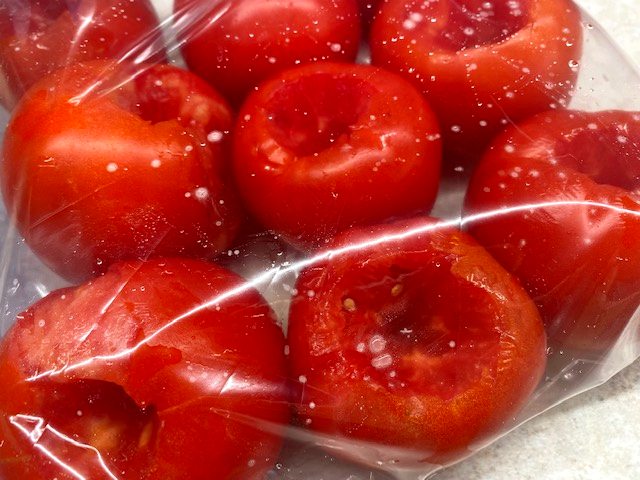
The first time I heard you could freeze tomatoes, I was not convinced. Freeze raw, unpeeled tomatoes? You must be joking! I remember my mom slaving away canning tomatoes in a kitchen that was a hot, steamy, sticky mess.
The idea of easily preserving tomatoes for chili, sauces, and soup quickly seemed too good to be true, but it is. It really works! This method is a game changer, especially for someone with an overflowing garden and a busy life.
If you’re wondering if it is safe to freeze tomatoes raw, the answer is yes! I wish I had known this long ago, and I’m happy to share it with you now! My source is the amazing Nebraska Institute of Food and Agriculture, UNL Food Department at The University Of Nebraska at Lincoln.
Please note there is no “recipe” because all you need to freeze tomatoes are the tomatoes and good quality freezer bags or containers. Another great thing about freezing tomatoes this way is you can do up a small batch when the tomatoes get ahead of you! “Waste not, want not” never went out of style!
The Three Easy Steps To Freeze Tomatoes Are Wash Core Freeze
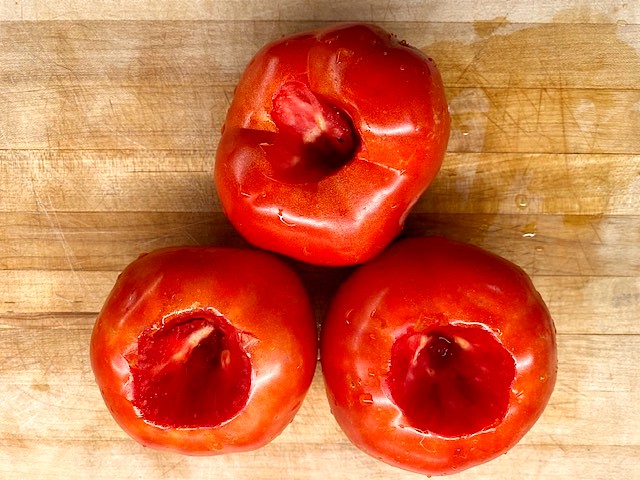
- Gently rub the tomatoes under cold running water to clean off any soil. Don’t use any detergents.
- After washing, remove and discard the stem scar and tough core.
- You can place the tomatoes on cookie sheets and freeze them individually if you like, but putting them directly into freezer bags in a single layer is fine. You can mix sizes of tomatoes in the same bag. Squeeze out as much air as possible and lay the bag flat in the freezer until the tomatoes are frozen solid.
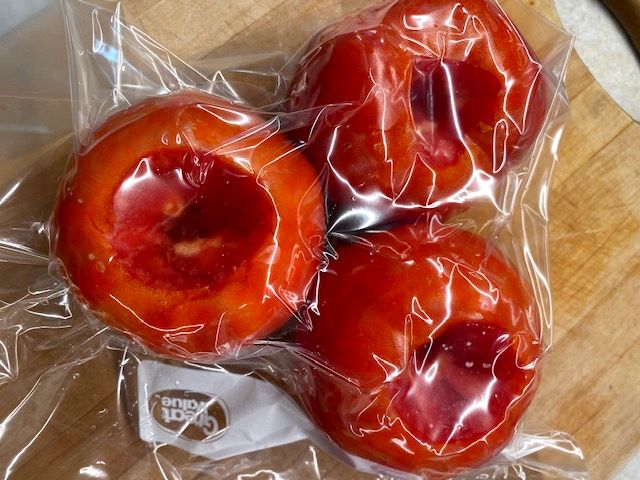
Frozen tomatoes are wonderful to have on hand for anything you want to cook with them. Chili, soup, sauce, and casseroles are great places to use them! Frozen tomatoes cannot be used like fresh because the texture changes, but it is super handy to have some stashed away in the deep freeze! Use them in any way you’d use canned or fresh tomatoes!
You can freeze raw tomatoes with or without their skins. They may be frozen raw or cooked, whole, sliced, chopped, or puréed. To use the frozen tomatoes, remove as many as you need from the freezer, and use them in any cooked-tomato recipe. You do not need to blanch tomatoes before freezing them.
When you remove the tomato from the freezer, run them under cold water, and the skin will almost fall off. If you let them defrost naturally, the same thing happens.
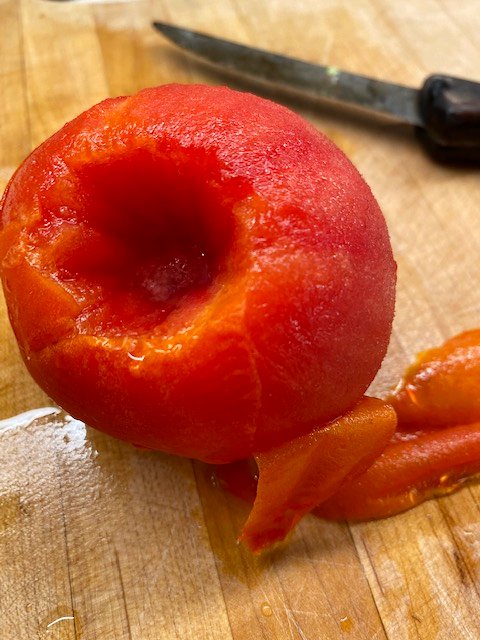
Simply dice or chop the tomato and add it to your recipe.
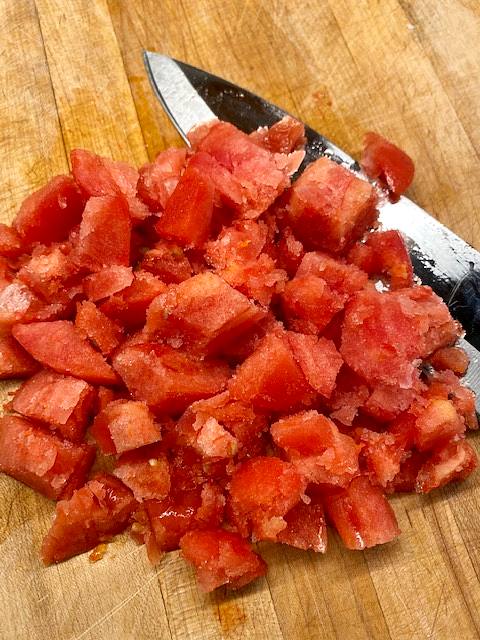
If you prefer or have limited freezer space, you can freeze the juice from your tomatoes. Here’s how to do it. Select firm, ripe tomatoes for freezing. Sort the tomatoes, cut out any bad spots and discard any spoiled tomatoes.
Wash the tomatoes under cold running water and cut them into chunks. Put the tomatoes into a saucepan and simmer them for five to ten minutes, then press the cooked tomatoes through a sieve and add one teaspoon of salt per quart if desired. Pour into suitable freezer bags or containers.
You can also freeze tomatoes after cooking them. If you do, you will need to peel the tomatoes, and it’s easy. After you wash and core the tomato, plunge it into a pot of boiling water for a minute or two, and cool until you can handle it. The skin will be easy to remove with a paring knife. Do not season the tomatoes before freezing them.
Cut the tomatoes into the size of chunks you want and simmer them in a saucepan for ten to twenty minutes or until they are tender. Let them cool by placing the pan in a sink with cold water. Put the stewed tomatoes into suitable freezer bags or containers, leaving head space for expansion and freezing.
Let’s Have A Word Or Two About Suitable Freezer Containers
If you are a person who cans or freezes food, it’s a good chance you are thrifty, and that’s a very good thing! Many of us grew up with people who had survived the Depression and saved every margarine tub, cool whip bowl, and cottage cheese container.
I do a lot of that myself, and I use them to send food home with kids or grandkids, knowing they will never be “re-reused.” However, none of those are good choices for freezing your valuable food.
Here is a wonderful article about the best freezer containers from The Spruce Eats, one of my favorite sources for food knowledge. As usual, it is in-depth and extremely informative. Please invest in actual freezer containers and spend a little extra to get genuine freezer bags, not sandwich bags or food storage bags.
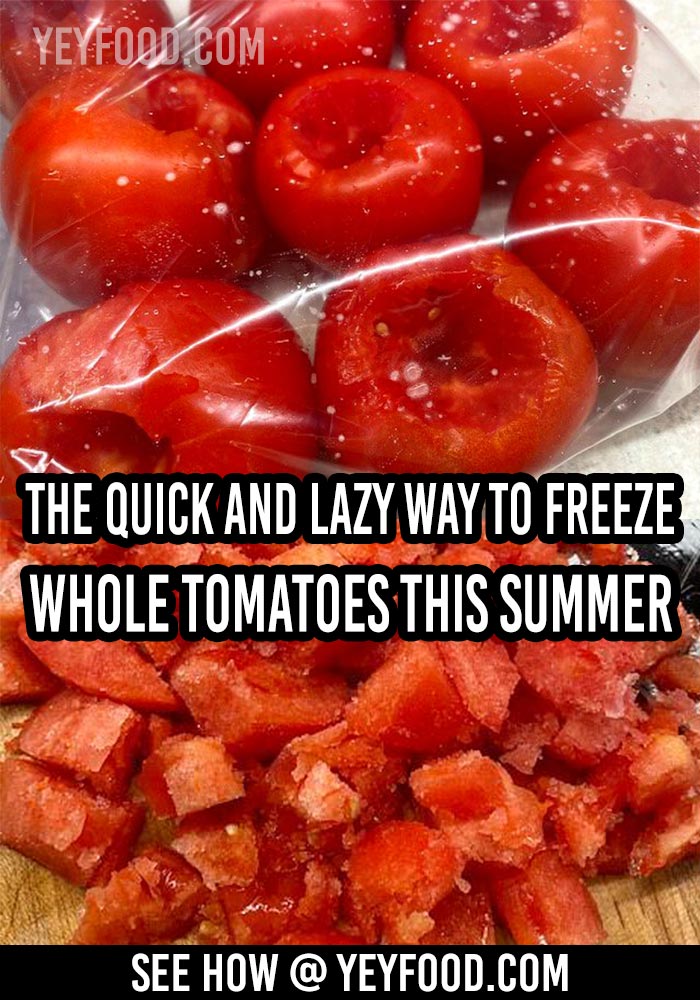
Are you a gardener or, like me, a farmer’s market fanatic? Do you can freeze, dry, or preserve foods any other way? Here are some of our most popular articles on the subject! Pickled Beets, Refrigerator Pickles, Oven Dried Tomatoes, Strawberry Rhubarb Jam, How To Freeze Corn. Do you have a special way to keep vegetables fresh for long periods? We’d be thrilled to hear how you do it!
More recipes from us
4 Reasons You Should Freeze Some Sweet Corn This Summer
Easy Caramelized Onions In Your Crockpot
How To Make The White BBQ Sauce That’s Fascinated Us Since 1925
German Sauerkraut Casserole With Bacon And Brown Sugar
If you like these recipes, you are our people! You can check some related articles below or search via categories on the right. But, be warned; you will be on here for hours. Enjoy!
So, please share this recipe on your social media accounts like Facebook, Instagram, Twitter, and Pinterest. We would be honored and ever so grateful; thank you!

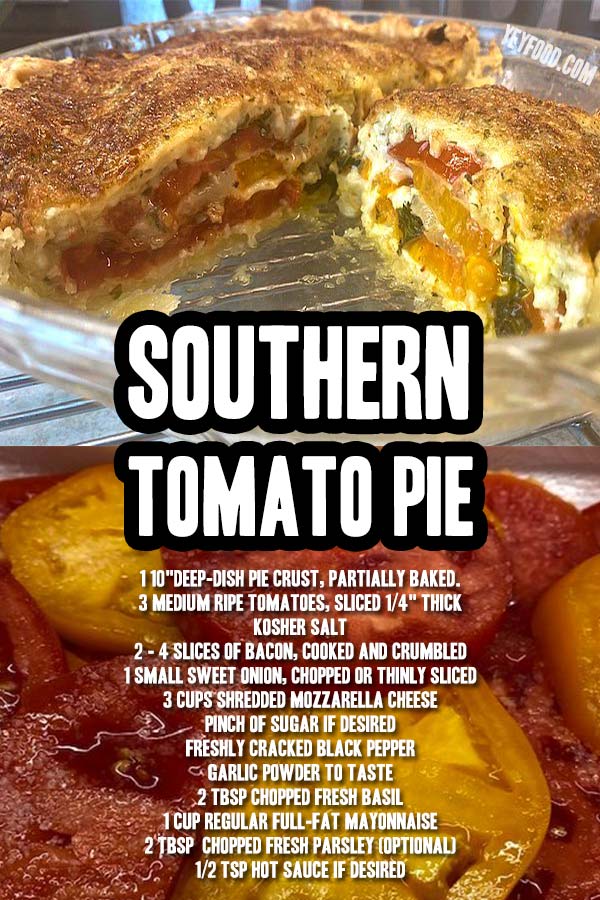
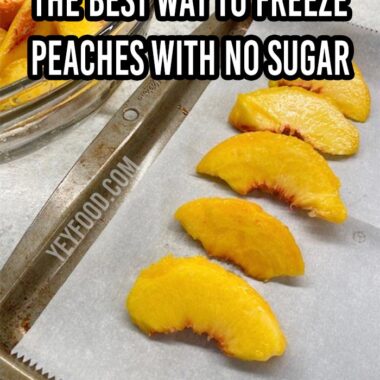
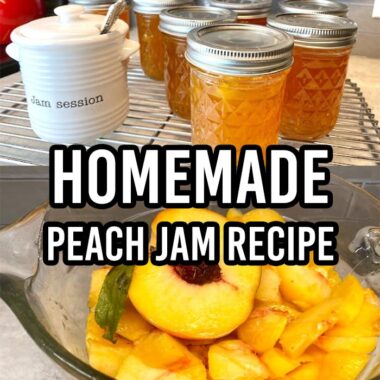

Pingback: Yeyfood.com: Recipes, cooking tips, and kitchen hacks for home cooks of all levels